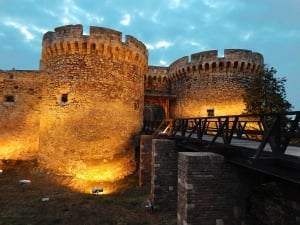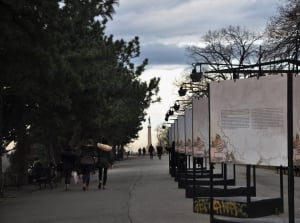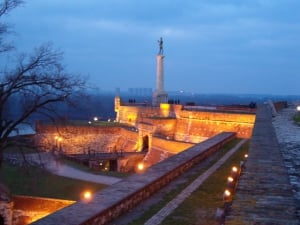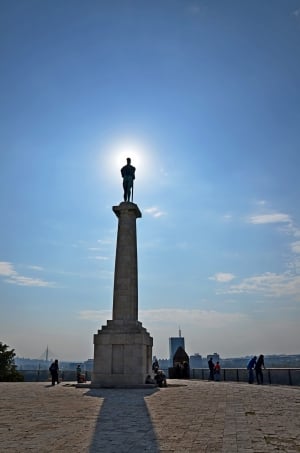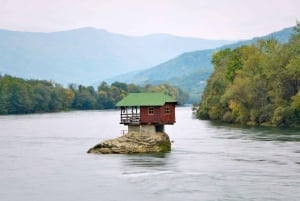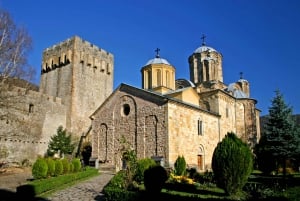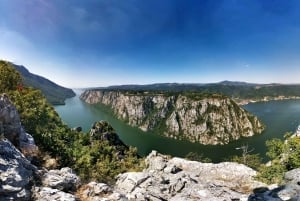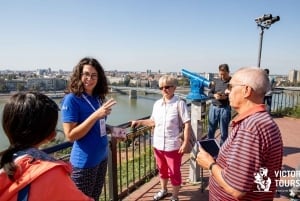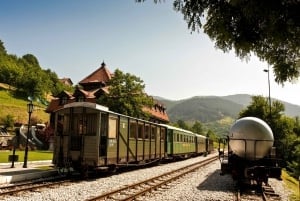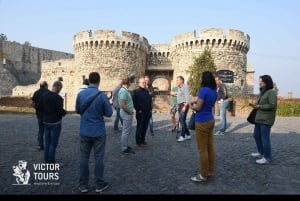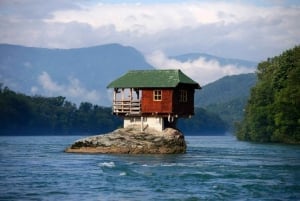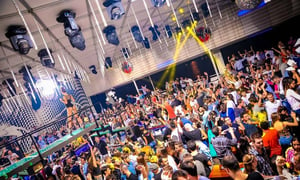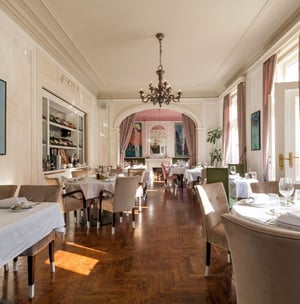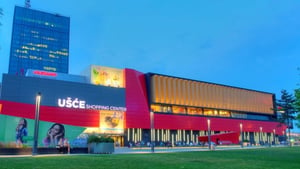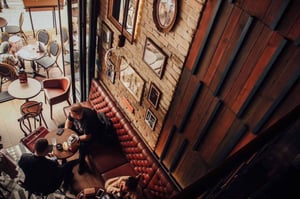Kalemegdan
The Belgrade fortress, built on a white ridge above the mouth of two large rivers, was repeatedly ruined and rebuilt for 16 centuries, and today is a symbol of the Serbian capital.
The fortress was built between the 2nd and 18th century. In addition to being a large park, the fortress now houses a Military museum and Natural History museum, the Ružica church, the Pobednik monument, the Roman Well ...
The fortress includes the Upper and Lower Town and the field in front of the fortress that the Turks called "Kalemegdan".
It survived many battles, and oversaw all his conquerors.
We approach Kalemegdan Park from Knez Mihailova Street. There is a monument to Milan Rakić, a poet and diplomat. When entering the Great Kalemegdan, we meet with the sculpture of Stevan Mokranjac, a famous composer and founder of Serbian ethnomusicology.
Next we pass by the sculptures of Radoje Domanović, Jovan Dučić, Borisav Stanković, Vojislav Ilić and Djura Jakšić.
"Fighting" is the name of a fountain representing fisherman in a battle with a snake, located in the center of a circular alley on Great Kalemegdan. Between the two world wars, around the fountain were held parties with waltzers.
At the very top of Kalemegdan there is a Tomb of National Heroes.
Karadjordje's Gate is right behind the Monument of Gratitude to France. It was named after the Serbian prince Karadjordje Petrović, who came through it in the fortress in 1806. The Turks walled up the gate, and broke the bridge in 1813, to cover up the trail of this event.
The Stambol Gate is located at the entrance to Upper Town. It was built in the 18th century. Through the Stambol Gate we enter the fortress. The origin is associated with the first century of the new era, when the Romans and Celts lived. Thanks to Despot Stefan, today we have this fortress, which he built in the 15th century.
In the inner part of the fortress there is a "Roman well", whose name is under a great sign of question, because there is no data that it existed in the Middle Ages, nor was it built by the Romans.
The Pobednik Monument was built in 1928. in the western corner of the Upper Town and in the memory of the 10th anniversary of the breakthrough of the Thessaloniki front.
The Charles VI Gate is at the entrance to the Lower Town and is dedicated to the Emperor Charles VI, who conquered Belgrade in 1717. Gate is the most important achievement of baroque construction in this part of Europe, and the oldest building with the preserved coat of arms in Belgrade.
In the northeast suburb of the fortress, beneath the Zindan Gate, there is the Ružica Church of the Holy Virgin. According to the tradition, it is the oldest church in Belgrade.


